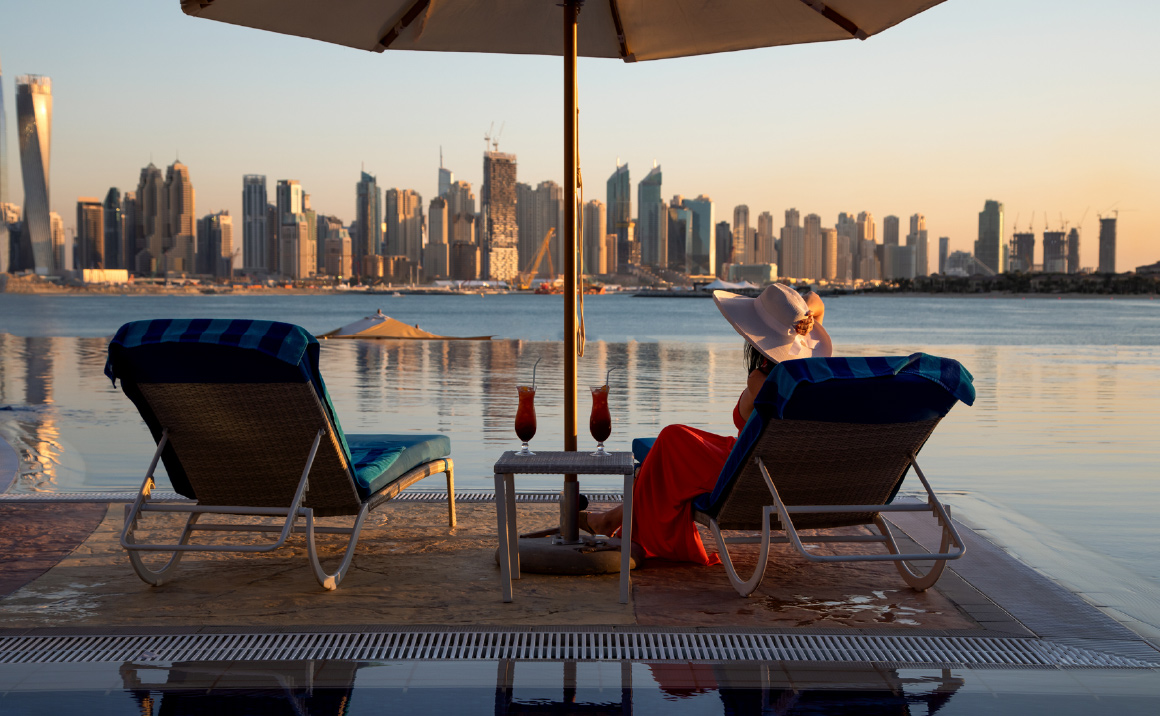Retail:
Under the Influence
Physical futures
Physical futures
Physical futures
Physical futures
Physical futures
Physical futures
Physical futures
Physical futures
Physical futures
Physical futures
How influencer-owned brands
are turning to physical spaces
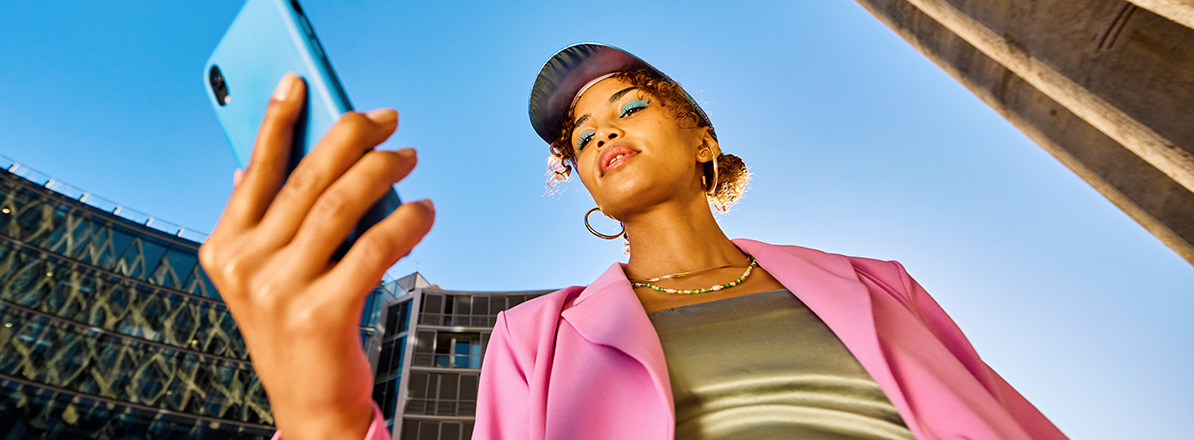
Once a niche marketing strategy, social media influencing has evolved into a multi-billion dollar industry, shaping the digital landscape and how consumers interact with brands across the world.
More and more, influencers are making the most of this growth by evolving from brand endorsers to brand owners themselves, leveraging their digital presence. Yet, in an increasingly saturated online environment, we’re seeing them take the leap into the physical world to deepen the emotional connection they have with their audience – whether this be opening a pop-up store, taking a department store concession or moving into a permanent space.
Examples include Jen Atkin’s QUAI making several physical appearances in London, Grace Beverley’s athleisure brand TALA opening a pop up in New York City and looking for a permanent store in the UK after £5m funding – as well as Molly-Mae’s hugely successful Maebe pop-up in Covent Garden. The list goes on, with Hailey Bieber’s Rhode in Marylebone and Mayfair, Anine Bing with her Reebok collaboration in New York and plenty more besides.
But choosing the right space, location and tenure are not easy decisions – and brands need to be mindful of just what they are seeking to achieve. Here’s a closer look at two brands we’ve worked with to help them take their first steps in London and some tips on how to start on a store journey.
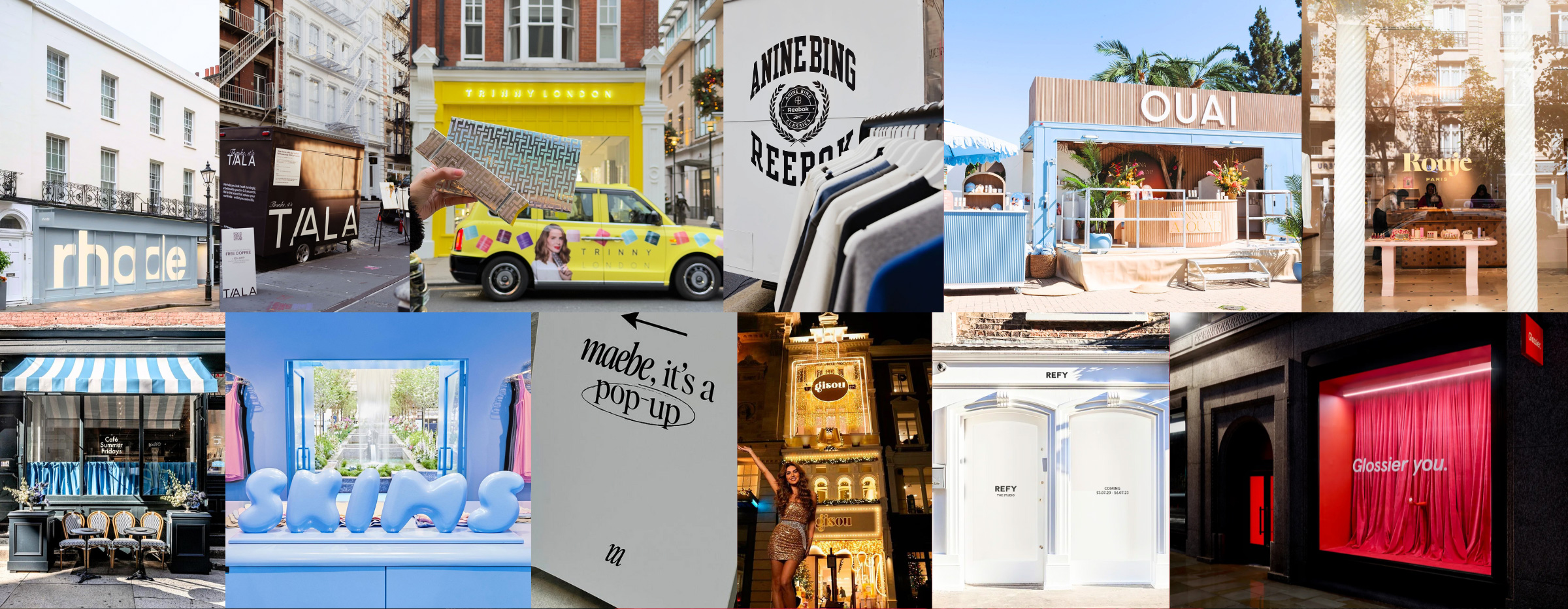
MANIÈRE DE VOIR
Former professional footballer Reece Wabara founded his fashion brand Manière De Voir in 2013. Over the past three years, it has been recognised as one of the fastest-growing private companies in the UK and, with our guidance, the brand opened its first store on Oxford Street, London late last year – taking a flagship lease to elevate the brand and price point.
“The move here for Manière De Voir was strategic, enabling the brand to pivot into an elevated market, which is difficult to achieve without a physical presence. Importantly, in terms of attracting international consumers to both their online and physical store, Oxford Street is Europe’s busiest retail street – and the unit is ideally positioned between Selfridges and New Bond Street to capture the substantial foot traffic passing by daily” says Callum White in the Savills Central London team.
The impressive double-height frontage store opened in autumn 2023 at just over 5,000 sq ft, with a refined, elegant fitout that mirrors the brand itself. In signing a 10-year lease, Manière De Voir has set its intentions to have physical real estate play a key strategic role in the brand’s future. The company is now expanding globally and has recently announced the signing of its second store in New York.
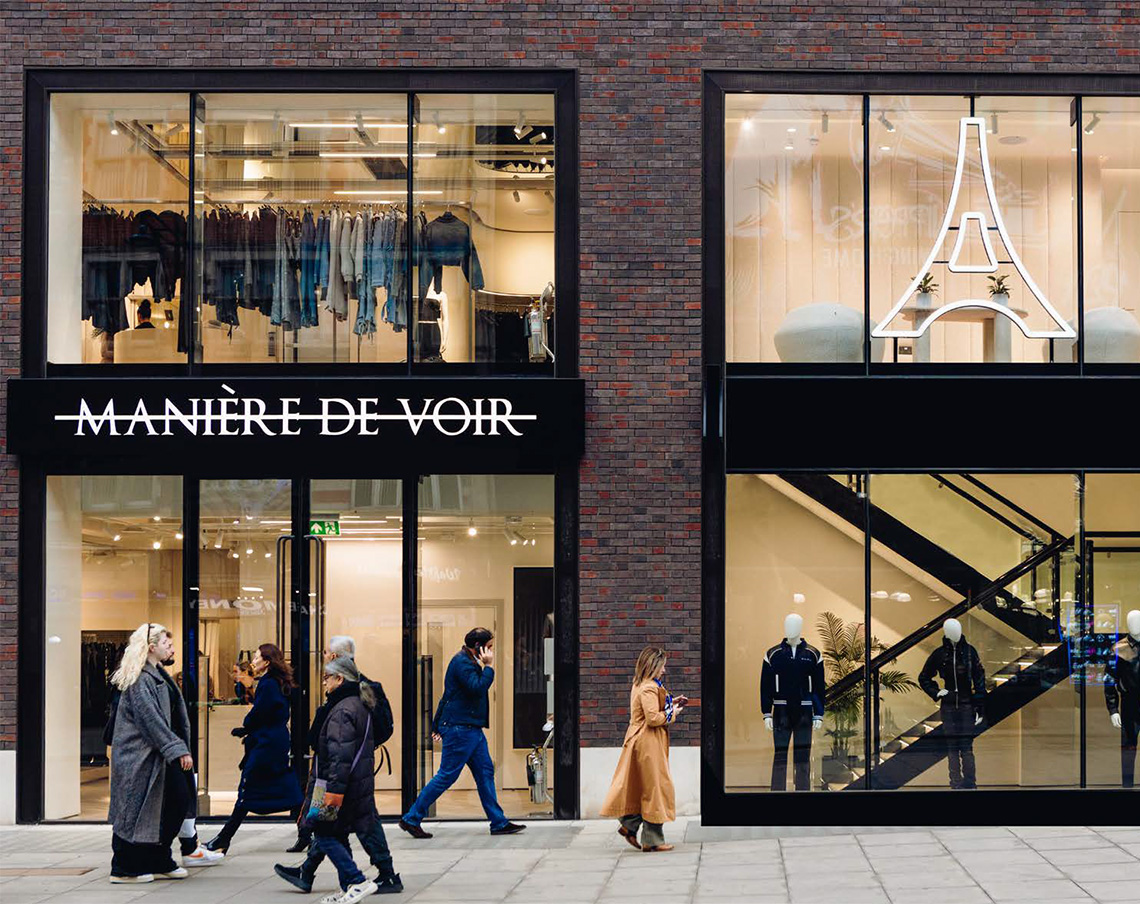
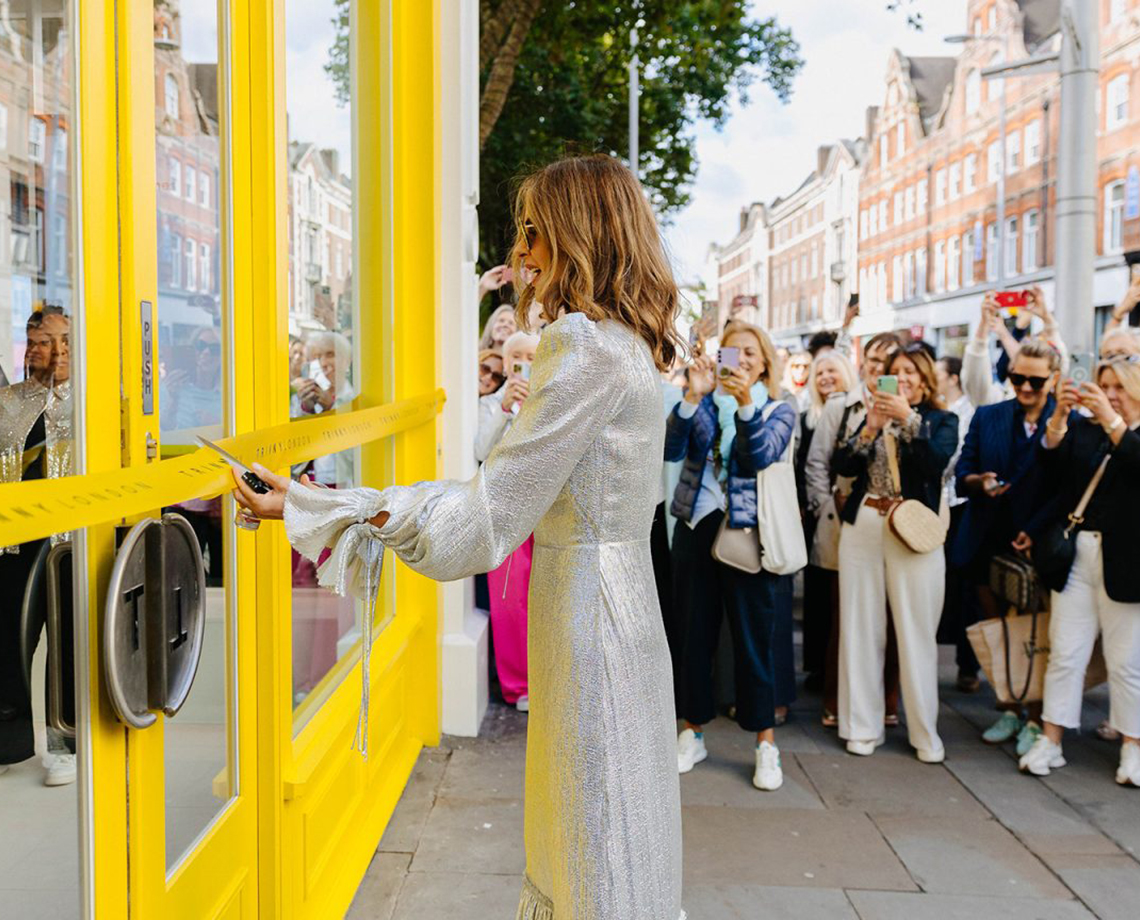
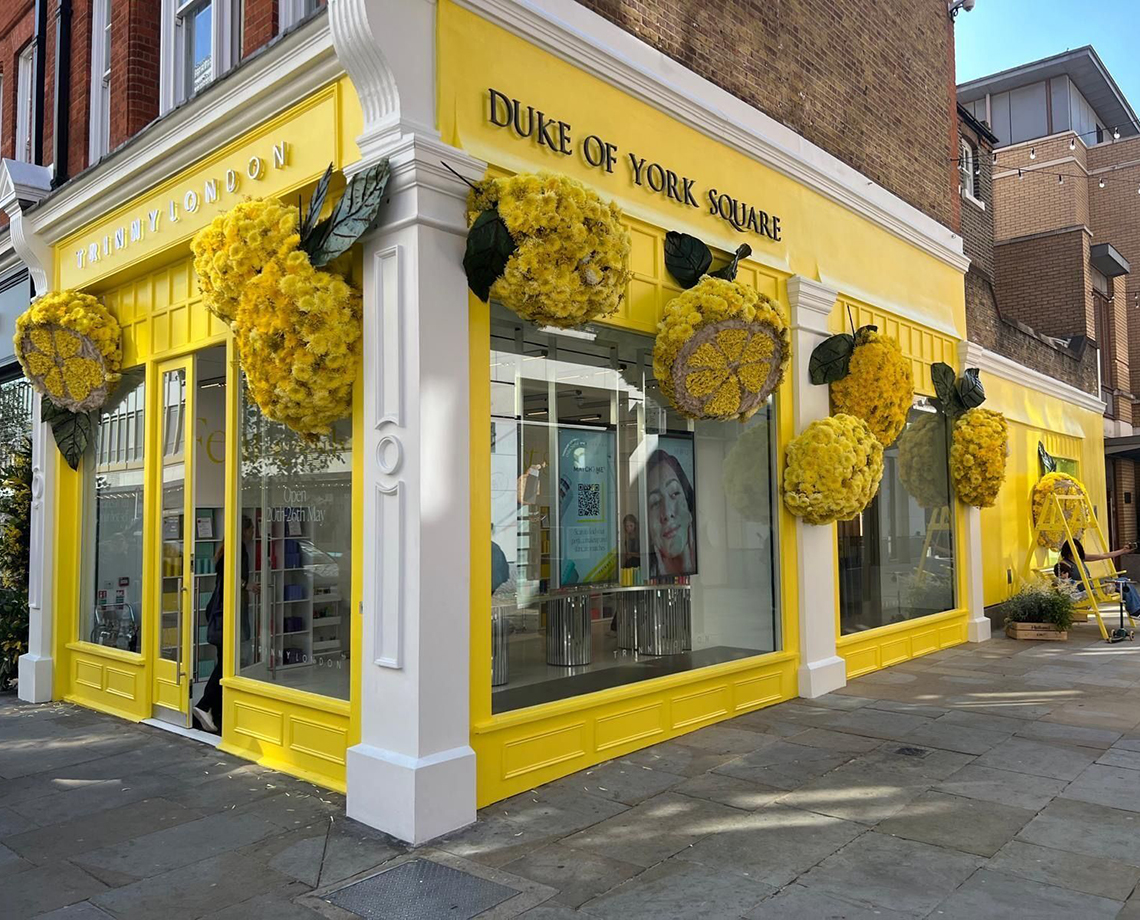
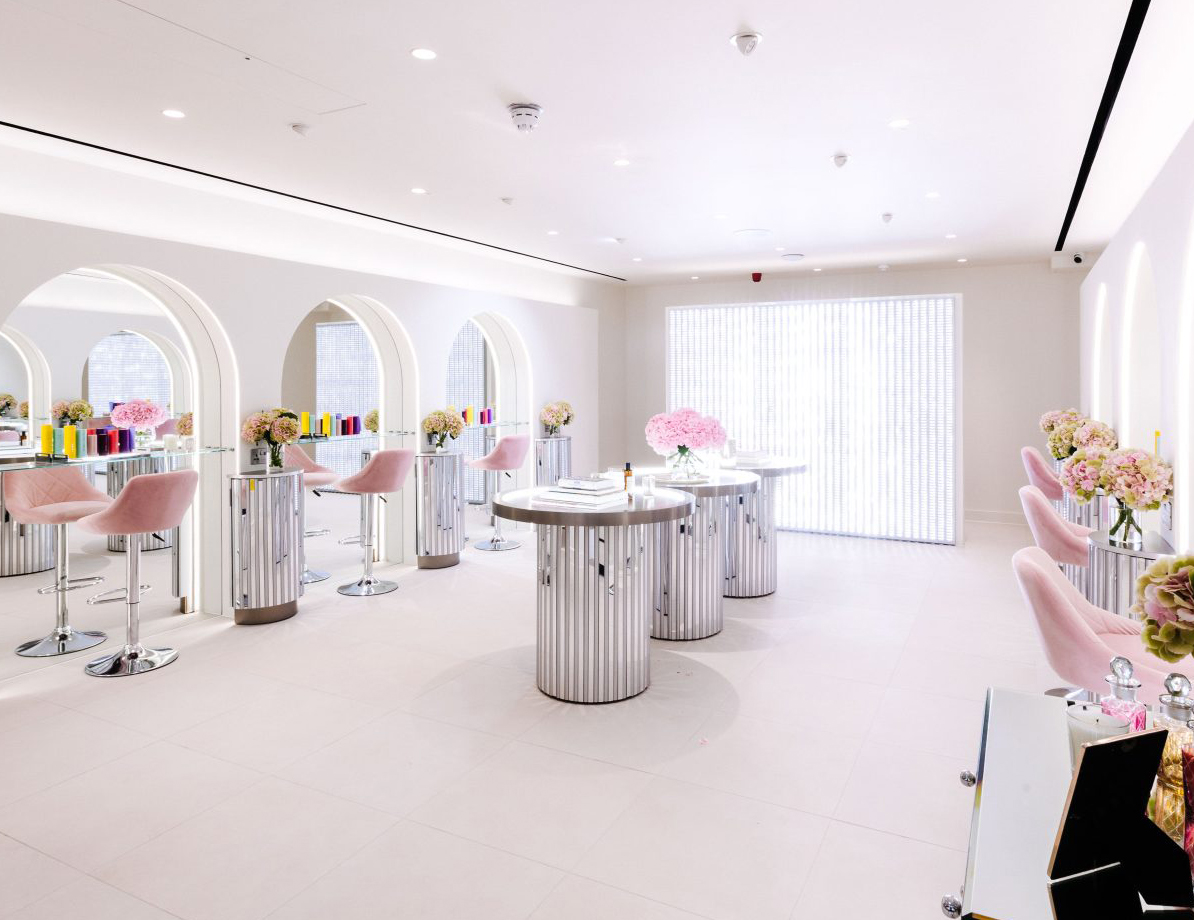
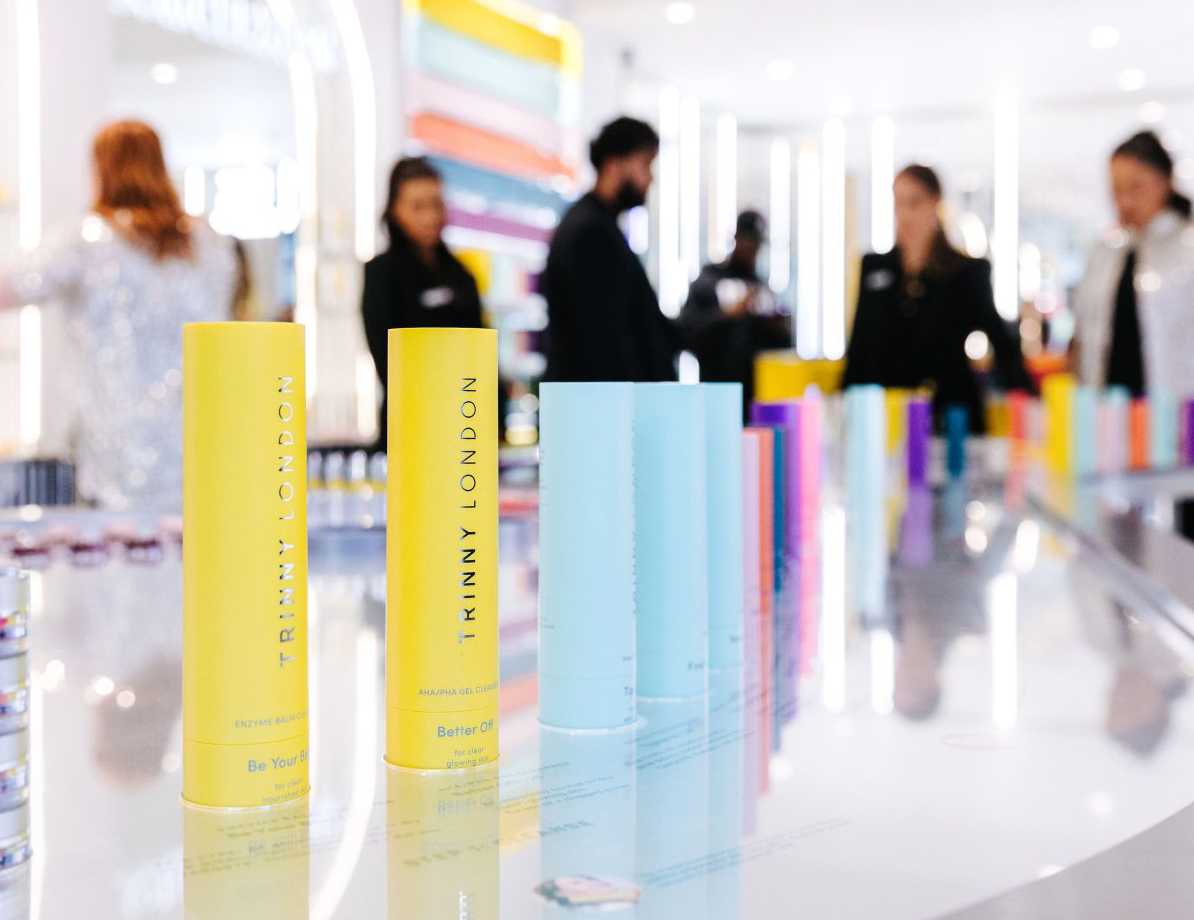

Trinny London
British beauty entrepreneur Trinny Woodall is the founder of Trinny London and, as an influential user of social media, she has grown her Instagram following to 1.4 million. She recently opened her first store on the King’s Road in Chelsea within the Cadogan Estate, which we jointly advise on.
“As a queen of the Chelsea scene, this location is ideal for her target audience. And with her strong influencer status and powerful social media presence, Trinny is constantly out and about, especially in Chelsea. So, opening her flagship here was a no brainer to further boost Trinny London’s visibility in the premium beauty market,” says Alexa Choynowski in the Savills Central London team.
“Trinny London initially opened as an exclusive pop-up, hosting events and engaging with other brands on the street. After its success, she transformed the 1,400 sq ft space into a permanent flagship, which opened in September 2024. With treatment rooms on the lower ground and retail space on the ground floor – it perfectly fits with Chelsea’s chic”, she adds.
Six tips for success
The experience of a physical store is far from a thing of the past. In fact, for influencer-led, digitally native brands, moving into a brick-and-mortar space provides a key point of difference and can open the door for deeper connections with consumers who are eager to engage with the brands – and influencers – they follow.
This summer has seen brands take to resorts to create immersive, seasonal experience that connect with consumers in leisure mode. Discover the strategy that for many is more than just a summer fling.
